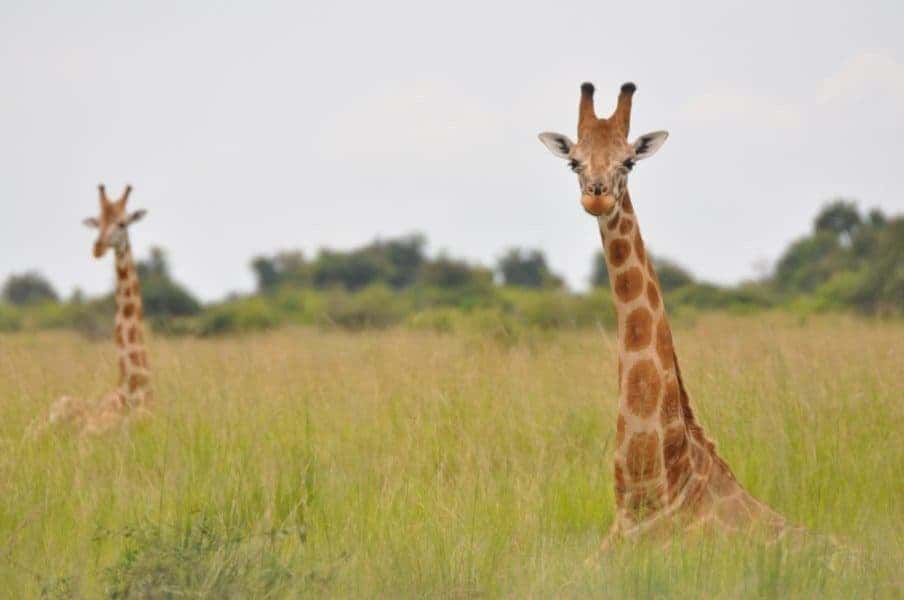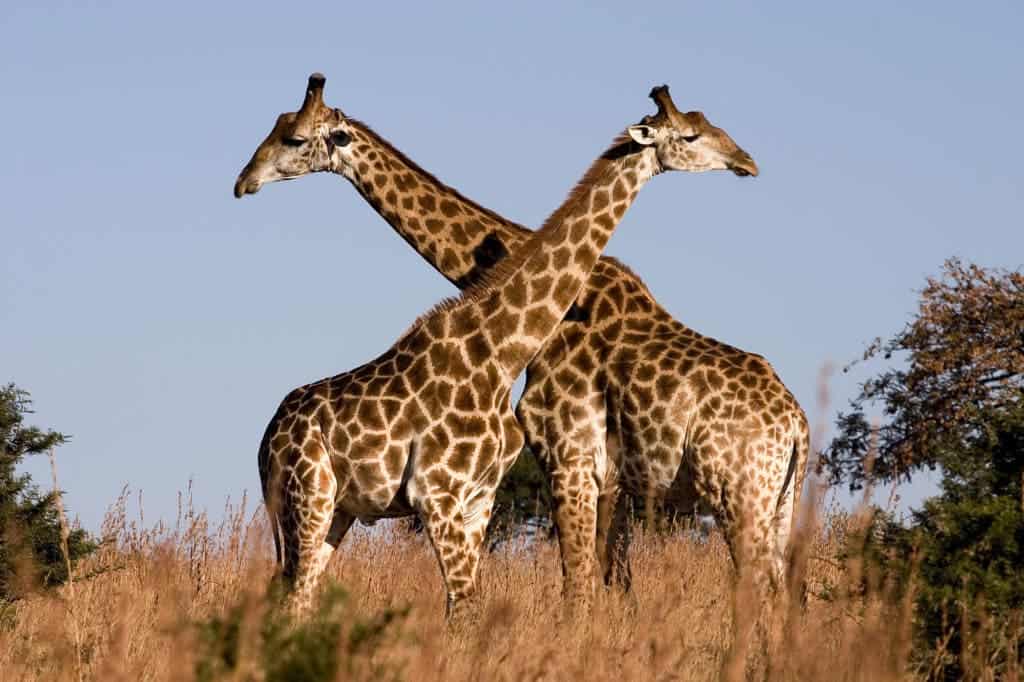A new genetic study has revealed that we might have been looking at giraffes the wrong way all along.

Credit: Julian Fennessy
Until now, biologists thought there’s only one species of giraffe, but the latest and most comprehensive genetic analysis showed that there are actually four giraffe species. The genetic differences between the species are as big as those between brown and polar bears, researchers say.
Species and subspecies
Sometimes, it’s easy to distinguish between two species, but sometimes it can be really difficult. Let’s take bears for example. There’s grizzly bears, polar bears, brown bears and several other species. They look different, they act differently and they live in other parts of the world – easy. But let’s look at dogs for instance. We all know how different dogs can look like, but the different breeds are all part of the same big species – the dog species. So how do we know when something is a different species or not?
Traditionally, members of the same species have been defined as being able to produce fertile offspring. Horses and donkeys can mate and produce offsprings, but the offspring are always infertile (mules). But there also more elegant and modern ways of figuring this out – namely, genetic analysis. In this case, researchers conducted such an analysis over giraffes and were stunned to see that giraffes were actually four species.
“We were extremely surprised, because the morphological and coat pattern differences between giraffe are limited,” says Axel Janke, a geneticist at the Senckenberg Biodiversity and Climate Research Centre and Goethe University in Germany. Giraffes are also assumed to have similar ecological requirements across their range, he added, “but no one really knows, because this megafauna has been largely overlooked by science.”
About five years ago, Julian Fennessy of Giraffe Conservation Foundation in Namibia approached Janke to ask for help with genetic testing of the giraffe. They wanted to see how similar or different the giraffes in different parts of Africa were to one another. So they analyzed skin biopsies taken from 190 giraffes from all around Africa – including very dangerous areas of civil unrest.
They found four distinct species, which don’t mate with each other and have significant genetic differences. They defined the species as follows:
- (1) southern giraffe (Giraffa giraffa),
- (2) Masai giraffe (G. tippelskirchi),
- (3) reticulated giraffe (G. reticulata), and
- (4) northern giraffe (G. camelopardalis), which includes the Nubian giraffe (G. c. camelopardalis) as a distinct subspecies. The elusive Nubian giraffe from Ethiopia and the South Sudan region was the first described some 300 years ago, Fennessy says, and is now shown to be part of the northern giraffe.

The discovery can be extremely potential, especially for giraffe conservation efforts. Giraffe numbers have been going down fast in most parts of Africa, and if there are four species, then each of the species has fewer individuals, making giraffes much more endangered than we thought.
“With now four distinct species, the conservation status of each of these can be better defined and in turn added to the IUCN Red List,” Fennessy says. “Working collaboratively with African governments, the continued support of the Giraffe Conservation Foundation and partners can highlight the importance of each of these dwindling species, and hopefully kick start targeted conservation efforts and internal donor support for their increased protection.
“As an example,” he adds, “northern giraffe number less than 4,750 individuals in the wild, and reticulated giraffe number less than 8,700 individuals — as distinct species, it makes them some of the most endangered large mammals in the world.”
The two urge for more research in this area to confirm their conclusions and start focusing on conservation efforts.
Journal Reference: Fennessy et al. Multi-locus Analyses Reveal Four Giraffe Species Instead of One. Current Biology, 2016 DOI:10.1016/j.cub.2016.07.036


